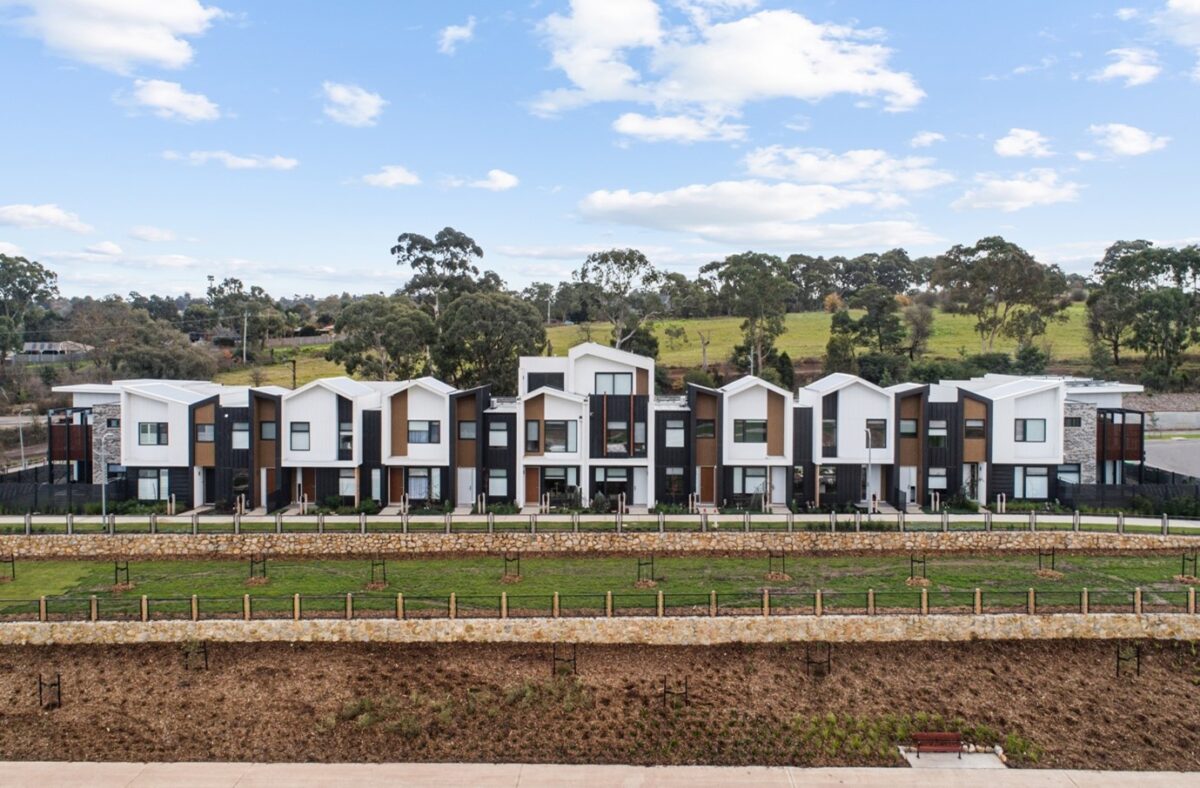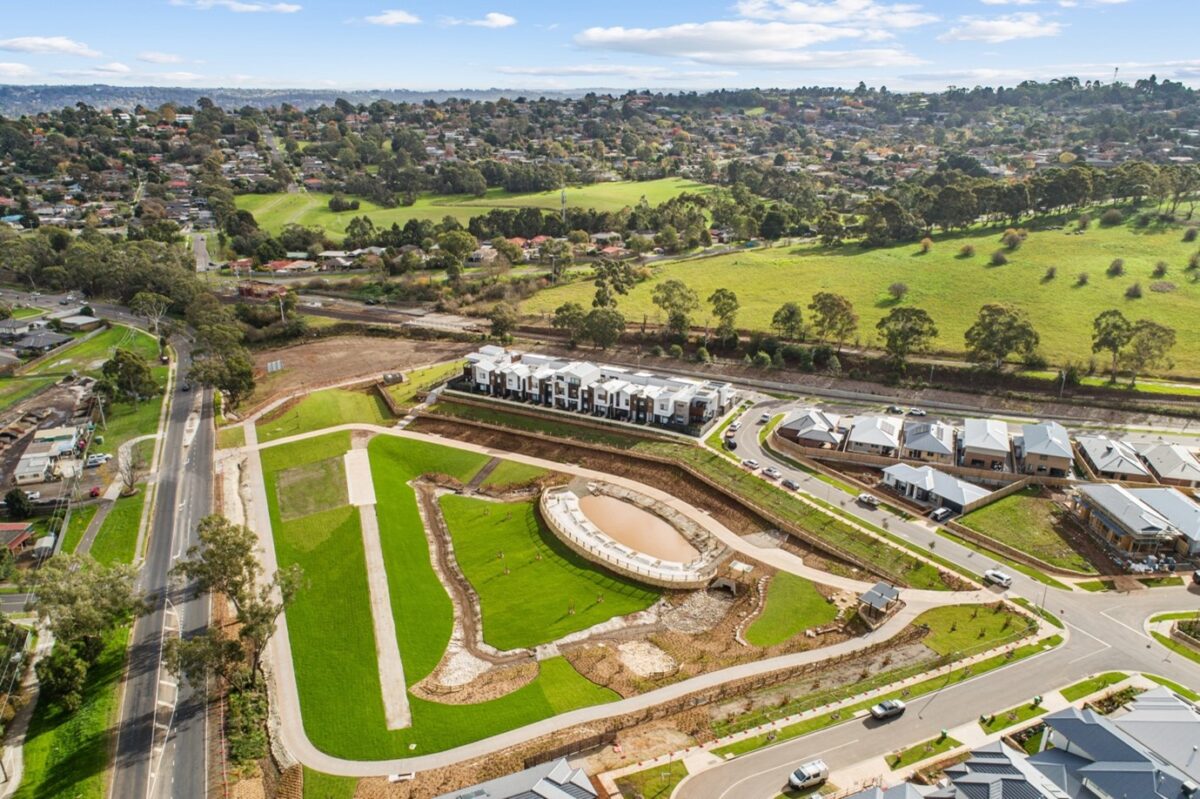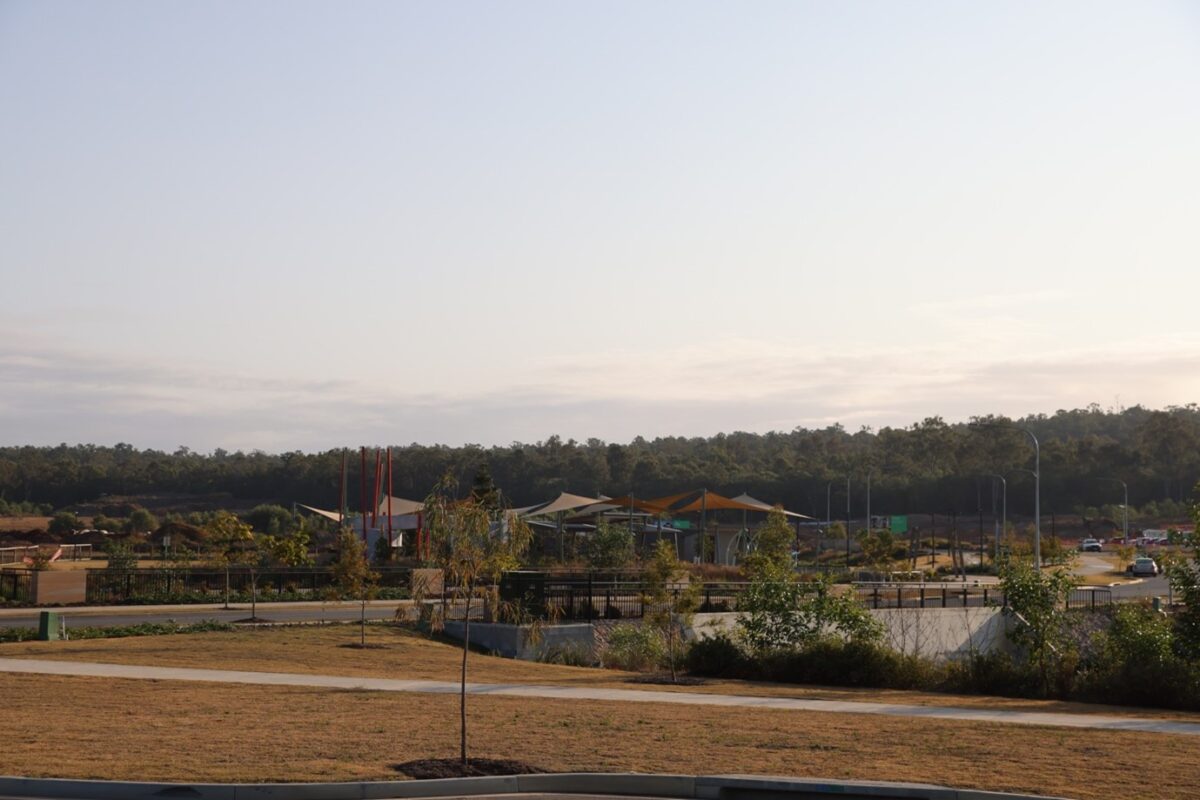
Intrapac Property CEO, Maxwell Shifman
Government incentives, lack of supply, housing affordability and stubbornly high interest rates are all contributing to speculation about the future of housing. But what will the housing market really look like in 2025 and beyond?
We sat down with Intrapac Property CEO, Max Shifman, to leverage his unique expertise as former President of the UDIA and get his take on the year ahead.
Government Intervention
In October, the Victorian Government unveiled a series of housing policies aimed at easing the stress currently experienced within the housing market. These announcements focused on increasing supply and reducing the barriers to home ownership, through new regulatory authorities, stamp duty concessions, new activity centres and land reforms.
While this focus and dedication to improving housing is much needed, Max described the limitations and benefits of these policies and some thoughts on what is truly required.
“It’s genuinely great to see the State Government finally talking about urgent action to dramatically improve housing supply,” Max explained.
“Unfortunately, my assessment of the policy suite is that it will fall short of delivering the boost that is needed in the short- to mid-term, and most particularly to the young first home buyers that it’s meant to be targeting.”
Max went on to explain that while changes like the simplification of developer contributions, reintroduction of stamp duty concessions and certainty around greenfield land release all seem like positive steps, there are still significant gaps which need filling.
“For example, the reintroduced stamp duty concession is limited to just 12 months, presenting a small window to get projects started, and it also penalises developers which progressed projects throughout the incredibly tough last few years. It also doesn’t bridge the established vs new price gap sufficiently to be effective and will likely only continue the trend of creating more, relatively expensive, downsizer dwellings.”

The Avant Townhomes at Kinley in Lilydale, Victoria.
Housing Types
Max shared why he feels the current focus on the creation of more mid-level and high-rise apartments isn’t the solution – and why more attention needs to be placed on other housing types.
“It costs at least three times to build one square metre of a new apartment compared with a good-quality townhouse, or four times more than a new detached home. People will compromise space for good design to reduce price, but only to a point.”
“This means that realistically the only apartments that can feasibly be developed are premium, boutique apartments targeting wealthy downsizers,” continued Max.
According to Max, a generational shift is occurring towards accepting denser living, but there is still a long way to go before new apartments are widely accepted as the solution to housing supply.
“Not only do the vast majority of purchasers still want at least three bedrooms, but the general consensus is that people don’t want this type of home at scale in an apartment setting,” he explained.
“If you look at young families purchasing their first family home, they will most likely seek a detached home that provides them with the space and lifestyle they desire. This is an area where townhomes and dual occupancies can enter as an attractive compromise,” said Max.”
According to a Westpac Housing Pulse survey conducted in March, only 26 per cent of buyers in Melbourne (and only 16% nationally) were seeking an apartment or unit. Similar surveys conducted in previous years including the Our Home Choices report of 2023 showed just one in five people currently residing in a greenfield suburb would consider inner-city, apartment living and only if the price was comparable.
Construction costs have risen so much that a small, new one-bedroom apartment would need to be priced around $650,000, with 2-bedrooms closer to $1 million, and 3 bedrooms near $1.5m. In contrast, townhomes in established middle-ring suburbs or detached homes in greenfield areas are roughly half the cost, with a detached 3-bedroom greenfields home, or a 3-bedroom townhome in a suburb like Keysborough likely priced in the $800,000-$900,000 range.
“Governments should prioritise unlocking housing types that are more attainable and desirable for consumers in established areas. Middle-ring townhouses are the logical sweet spot,” shared Max.

The Avant Townhomes at Kinley in Lilydale, Victoria.
Land Supply
A central point in the recent announcements by the Victorian Government is a 10-year greenfield plan to unlock land for 180,000 new homes.
Called the ‘longest-ever pipeline of new greenfield supply’ according to Premier, Jacinta Allan, the announcement is really just a longer-term statement of expectations on PSP approvals, not a major release of land or identification or new greenfields.
Max endorses the broad intent, noting a level of certainty around PSP completion timeframes was needed by developers where it has been lacking for some years. But Max still shared concerns about the relatively slow rollout of land, citing feasibility, cost and infrastructure challenges, with further changes and accountability needing to be implemented.
“The recent announcement of committing to unlock greenfields areas is a positive step, but it’s not enough by itself,” Max explained.
“The Precinct Structure Plans’ completion program has actually been slowed from the pace of prior years. The key to unlocking these new areas will be to ensure public authorities do their part to allow the land to actually be developed sooner. These developments need to be coupled with a proper share of infrastructure investment for near areas to mitigate usual concerns around missing public transport and amenities.”
What can we learn, what can we do?
A key focus that Max says should be considered is leveraging the first-hand experience of the industry leaders to provide advice on feasible outcomes for both developers and buyers.
“The government needs to incentivise developers to build the kinds of homes people actually want, in the places they want to live and at a price they can afford,” says Max.
“This approach would deliver a far more positive impact than the current approach of over-regulating industry and taxing ourselves to housing supply. Government departments are holding firmly to utopian but uneconomic ideals of how people should live.”
In other states across Australia, policies are being put in place that Max says could ease the current housing crisis here in Victoria if implemented.

Whiterock by Intrapac Property, Ripley Valley, QLD
“In Queensland, they have the Catalyst Infrastructure Fund where the government loans money to developers to assist in the creation of major infrastructure works within key development fronts, unlocking more land, sooner,” said Max.
“Governments can enable a lot of new housing by stimulating private sector involvement and investment and facilitate affordable housing, generating more job opportunities and economic development in greenfield estates.”
Concluding our interview, we asked Max how he sees the market taking shape next year and beyond, with a particular focus on interest rates.
“I think that there is RBA data that will point to some reductions sometime early next year, with a further three or four cuts by the end of 2025. “
“This would make a large difference to the underlying borrowing capacity profile for people, and hopefully stimulate a more dynamic property market with greater opportunity for buyers in the years to come.”
Max Shifman is a prominent figure not only at Intrapac but also within the industry. You can follow his updates and insights regularly on LinkedIn.
